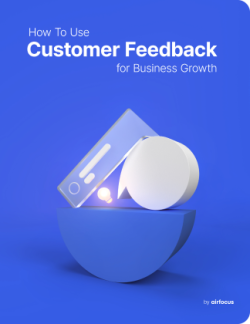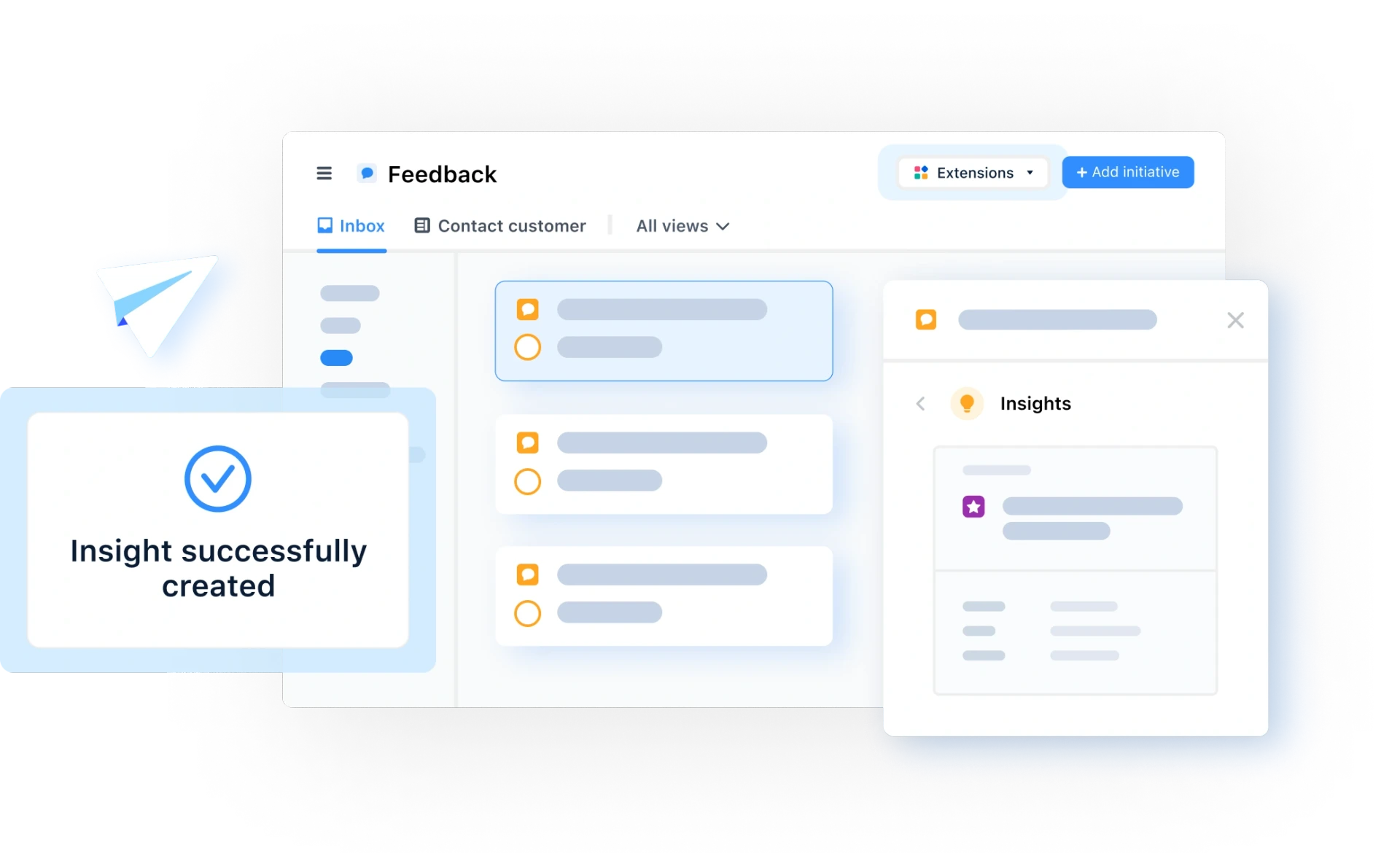Information Radiator
What is an information radiator?
Information radiator definition
In agile environments, an information radiator is a large chart placed in a prominent location. It is used to visualize the flow of work, showing any bottlenecks along the way. It also shows what each team member is working on at any one time.
What does an agile information radiator ensure?
An information radiator needs to be easily accessible and fully visible at all times. This is to ensure that:
Everyone is informed with up-to-date information and regular updates.
Teams spend less time trying to find out the information they need and updates can be relayed to the entire team without individually informing each team member.
Resource wastage is minimized.
Team members understand their responsibilities.
Team members are empowered to talk about tasks and goals.
How to make an effective information radiator
It’s easy to make an effective information radiator, but it’s even easier to make an ineffective one. Producing an information radiator requires a lot more than throwing every little piece of information on the board! The board needs to be curated; only the most important information should be put up on the board without becoming overly detailed.
Here are some other insights for making an effective information radiator:
An effective information radiator should be tailored to the team. A rigid, generic board won’t offer the same amount of value as a customized information radiator.
If the team changes, the information radiator should change too. That being said, you can start out with a generic template and customize your information radiator from there.
Your information radiator needs to be regularly updated to avoid teams moving out of alignment. To do this, you need to make sure everyone is aware of their own personal responsibility to update the board as they go. You can also include information radiator refreshes in your sprint retrospective.
An effective information radiator needs to be big. You need your team to pay regular attention to the information displayed on the board. A small corkboard in the corner of the break room isn’t going to be helpful at all.
Your radiator doesn’t have to be a board at all. You can even dedicate a full wall to your information radiator, giving you the largest canvas you have at your disposal.
Scrum information radiator examples
Kanban board
Kanban boards are one of the most common examples of an information radiator.
A Kanban board uses columns to visualize progress and cards to represent items. The standard is to create three columns representing items to do, items in progress, and completed items.
Scrum board
Scrum boards can be used as information radiators too. They use similar progress columns but use timeboxed periods (sprints). They also use defined team roles such as product owner and scrum master.
General FAQ

Glossary categories
All product feedback in one place

Experience the new way of doing product management








